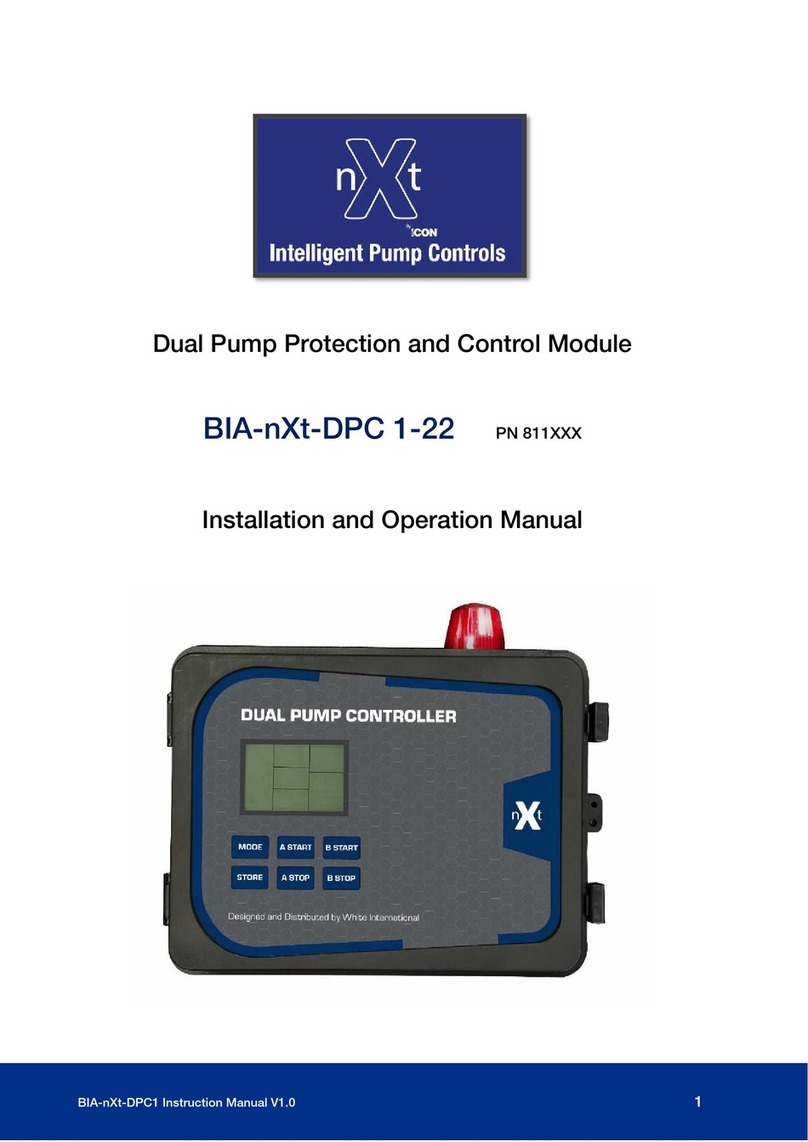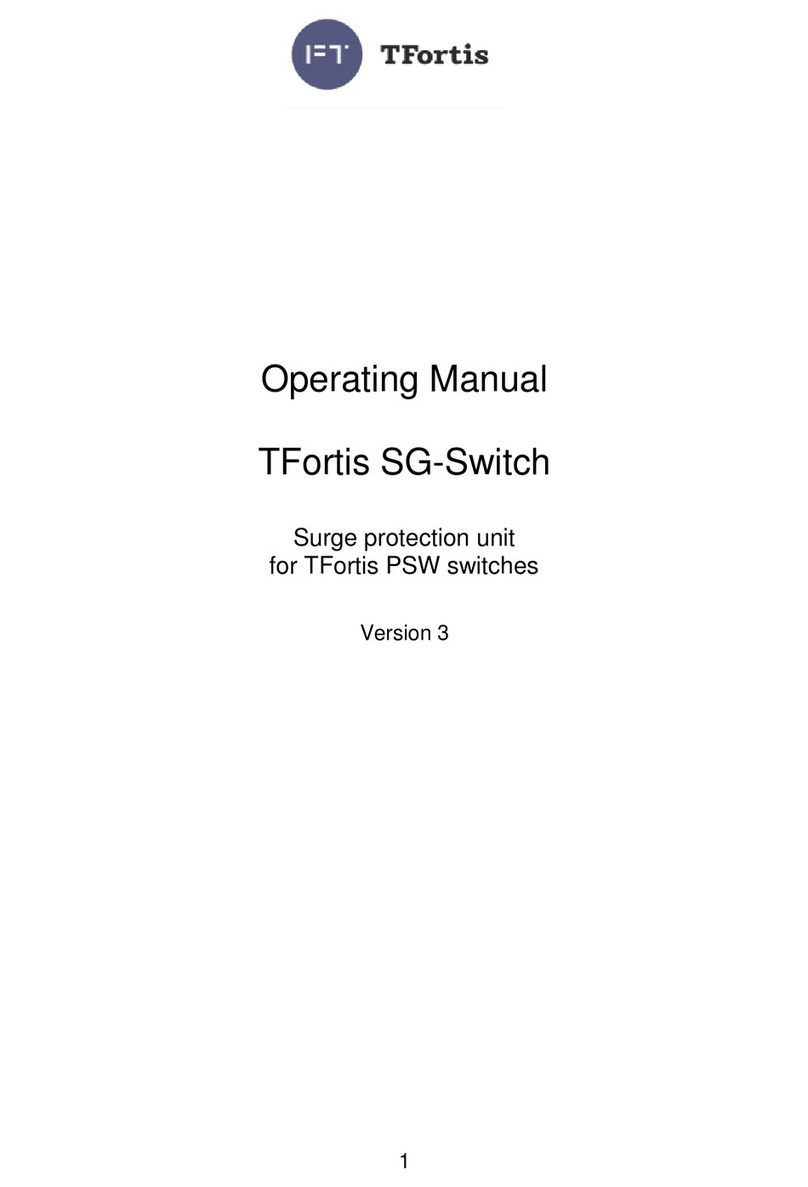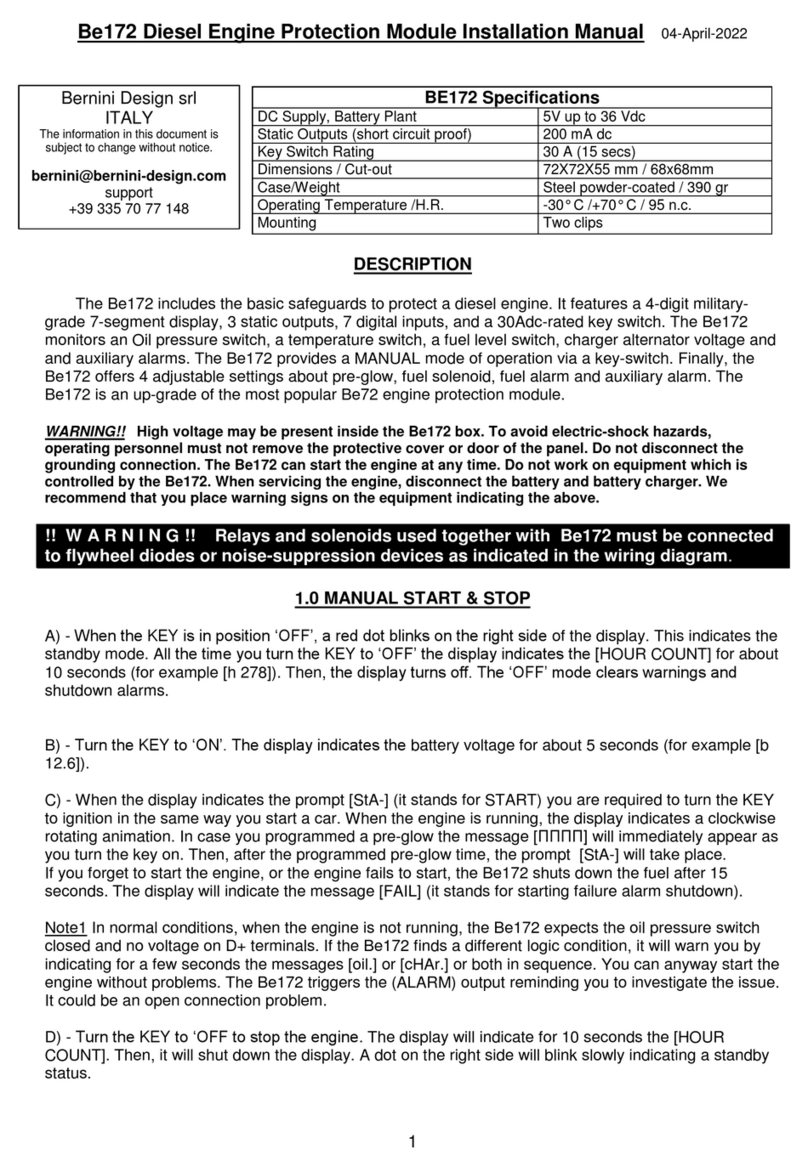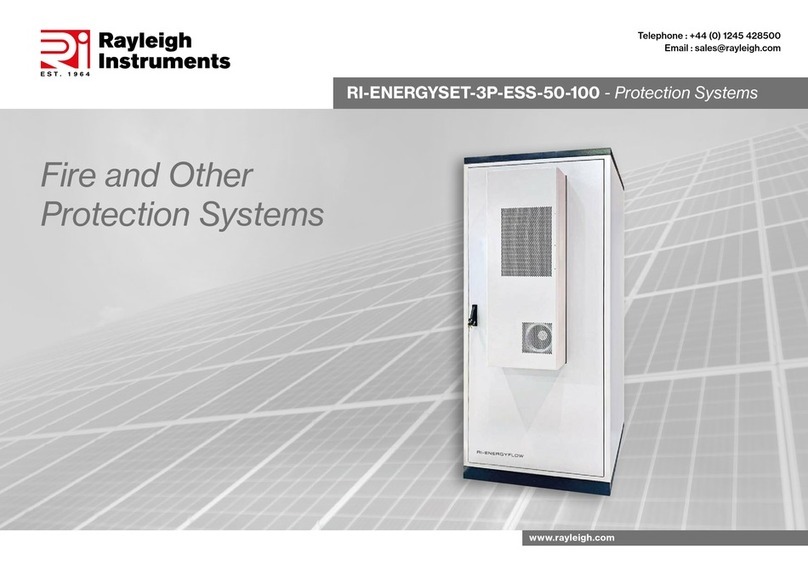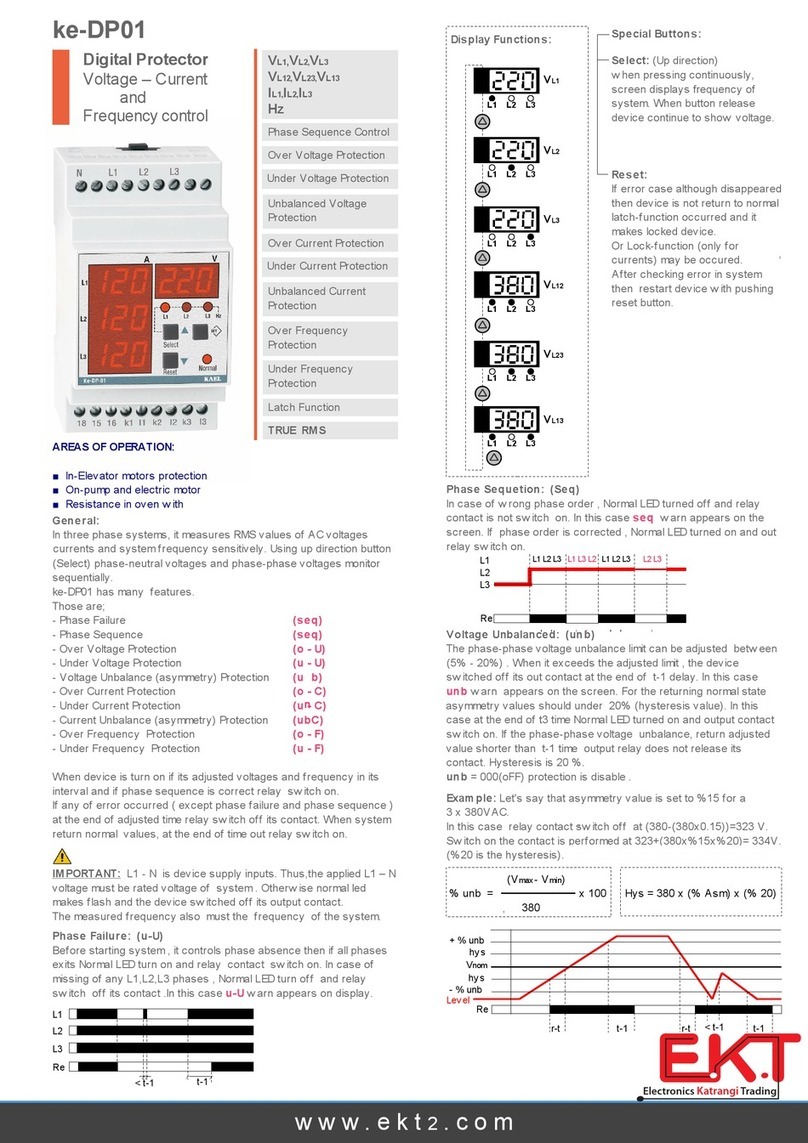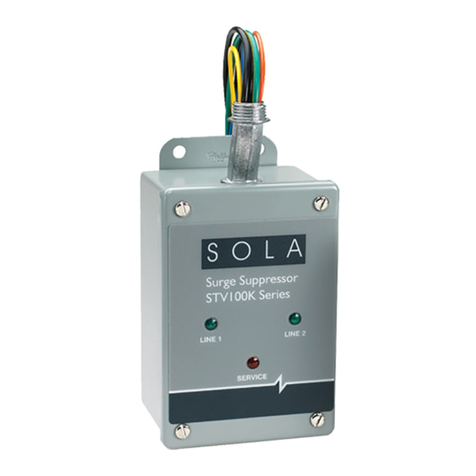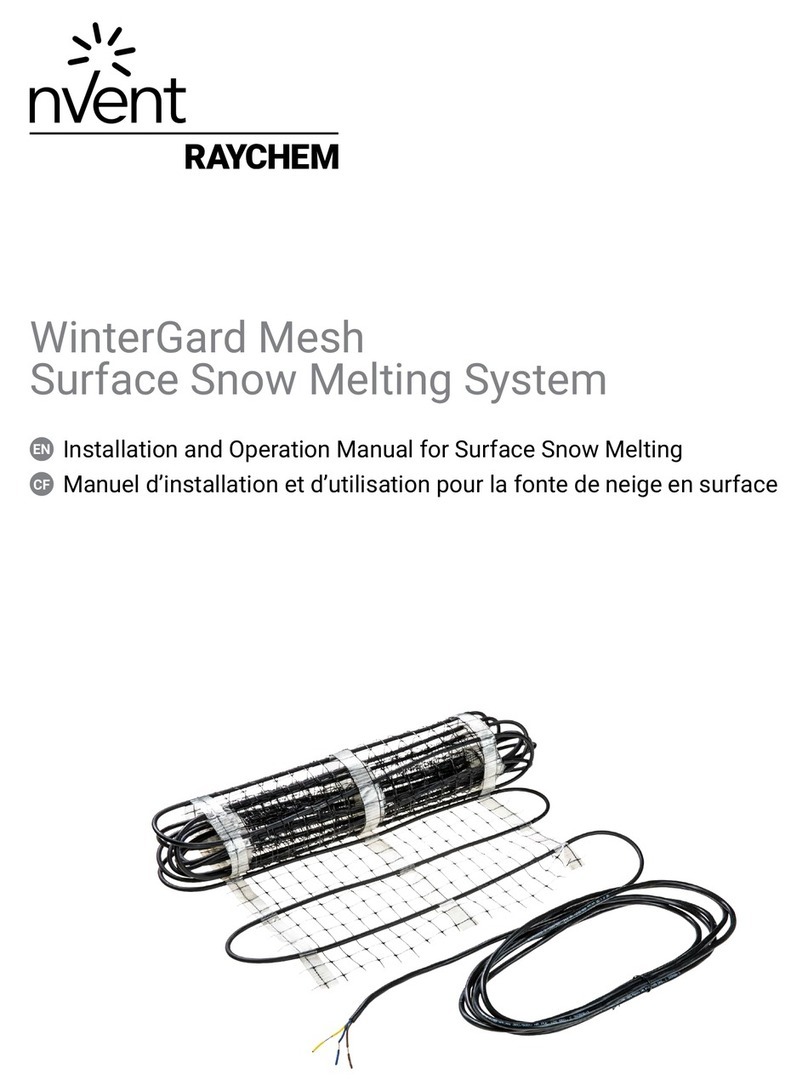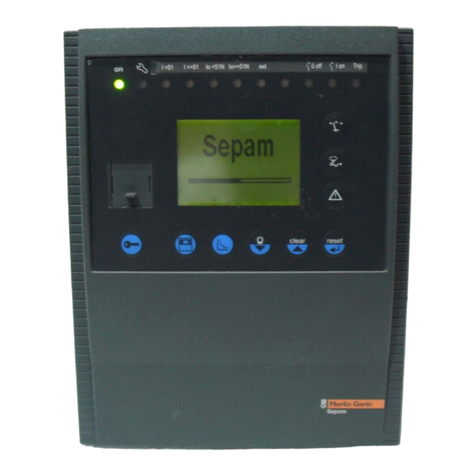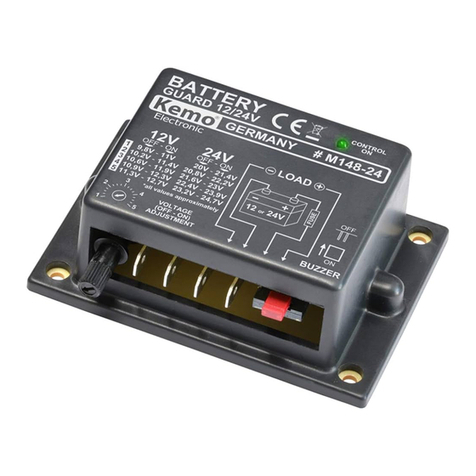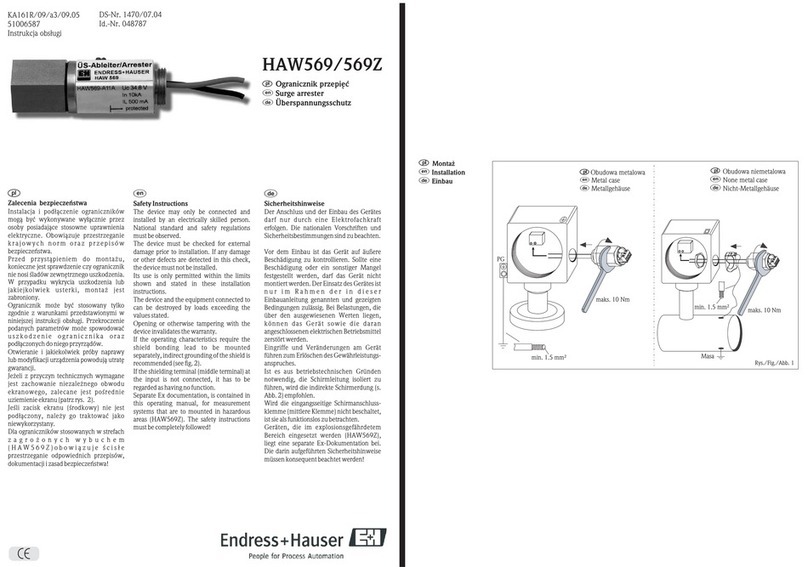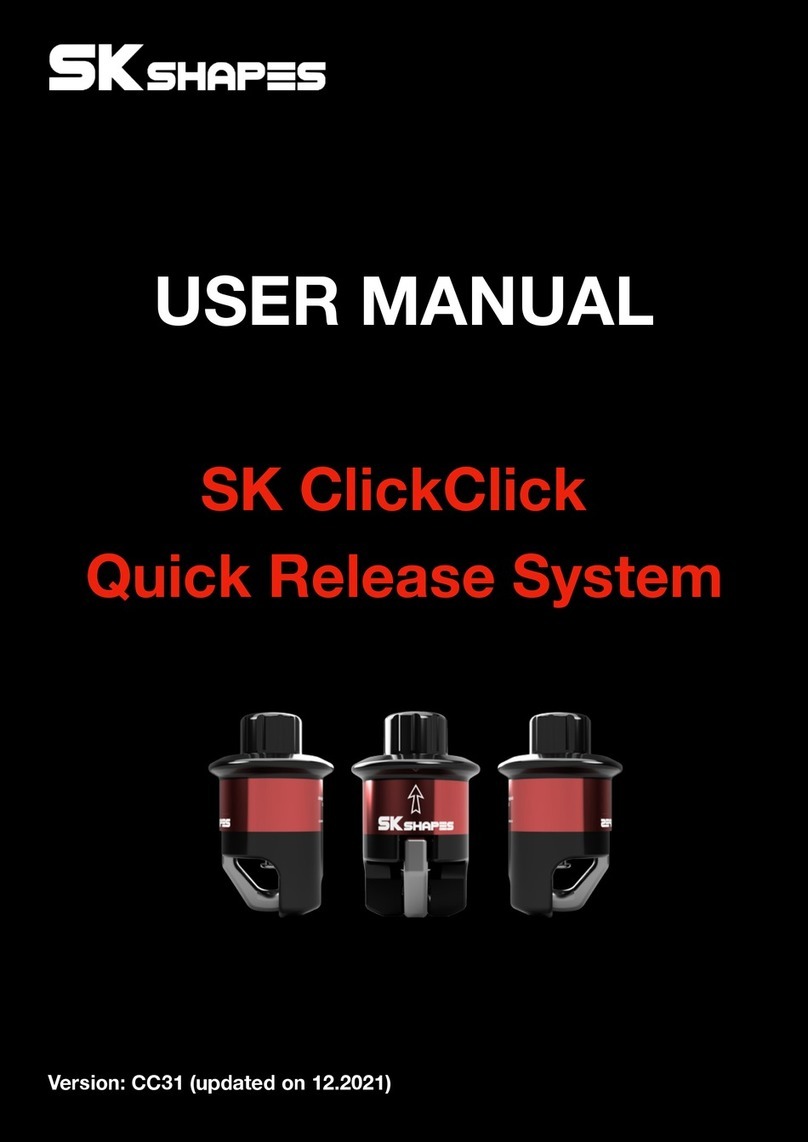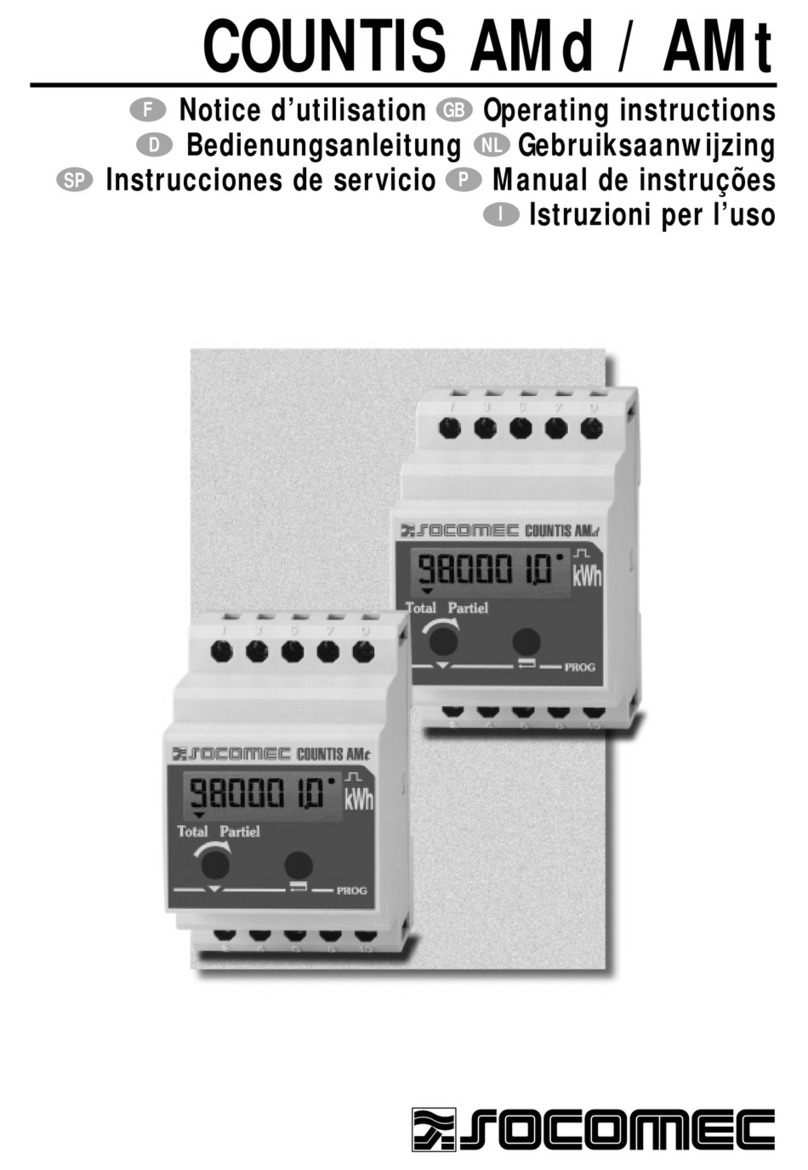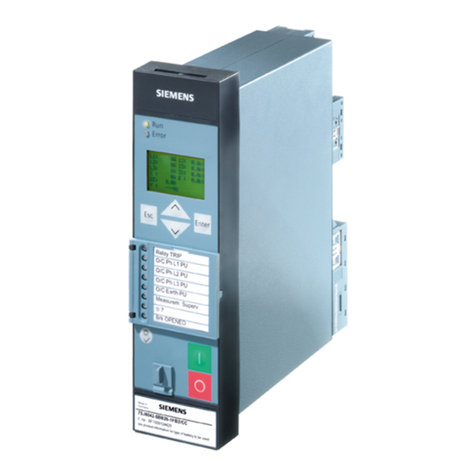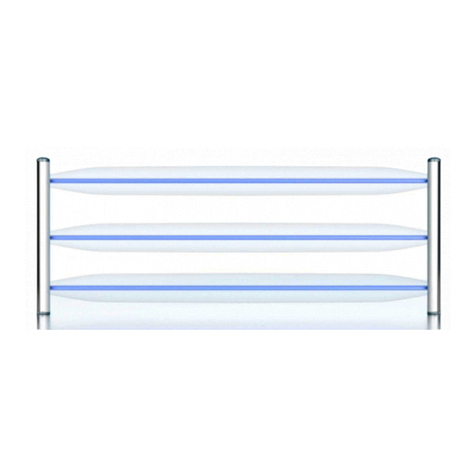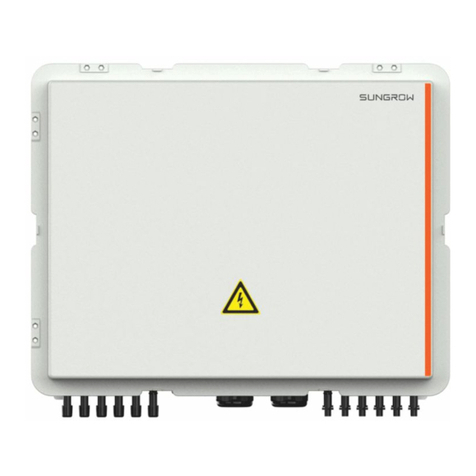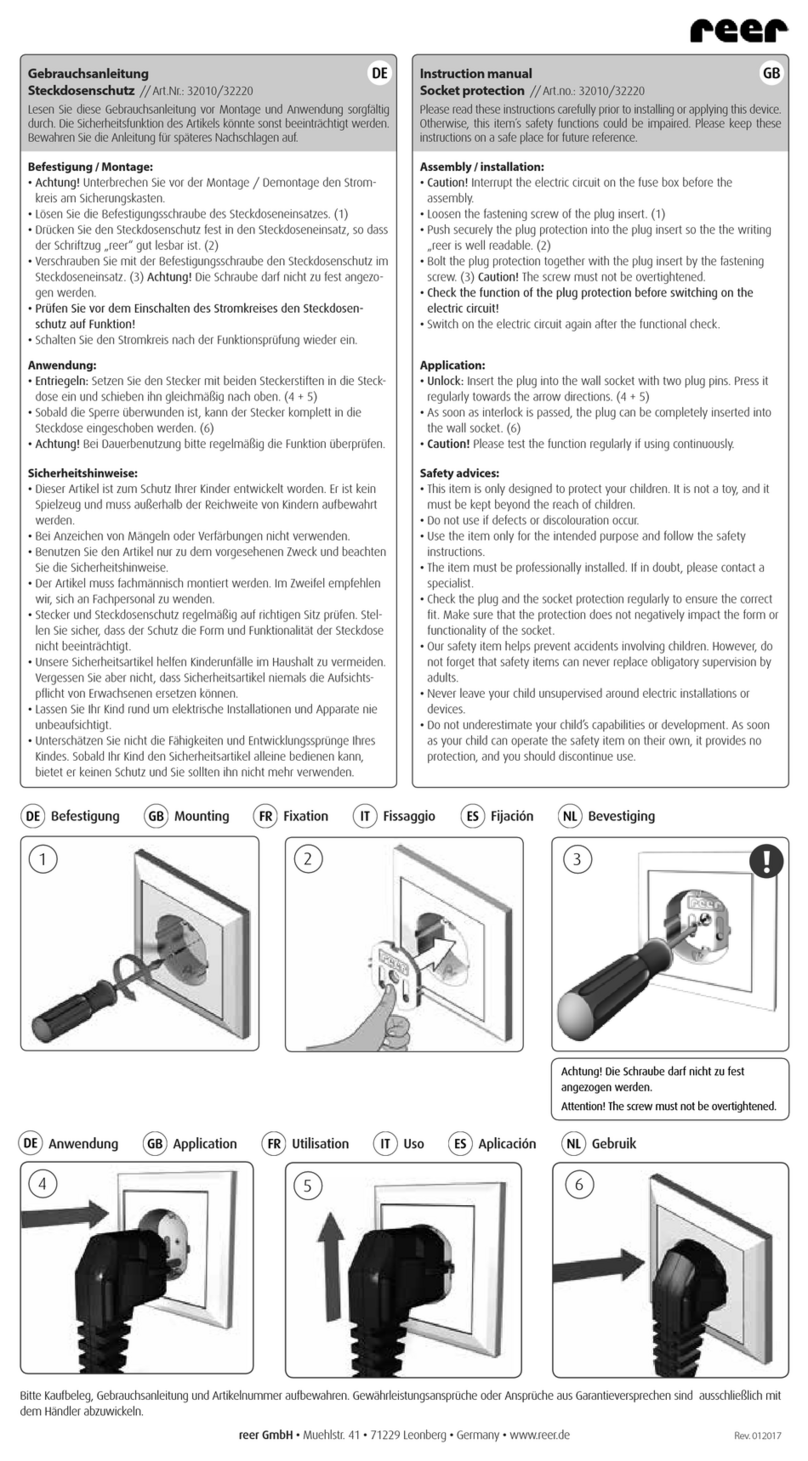
nVent.com | 3
Follow all five of these instructions to
prevent fire or shock:
1. Use the correct heating cable.
• Use only braided versions of Frostex heating cable.
• Earlier versions of Frostex heating cable with no
braid are not compatible.
2. Use the right end seal and plug.
• Seal the heating cable only with the end seal
provided; do not use electrical tape.
• Use the 9800 FlexFit plug contained in this kit.
It has special safety features.
• Use the 9800 FlexFit Plug Kit only with Frostex
heating cable.
3. Do not twist wires together or allow
them to touch each other.
• Do not strip the heating cable. If wires touch, the
nonreplaceable fuse will blow and the system will
not work.
4. Keep the entire Frostex system dry.
This includes the insulation.
If the system gets wet, pipes may
freeze.
• Use the system only on insulated residential pipes
carrying water.
• Do not use the system on buried pipes.
• Do not use the system to de-ice roofs or gutters.
• Do not install any part of the heating system where
it would be under water.
• Do not use where water is likely to enter the plug.
5. The blue plastic heating cable and the
metal braid must not be cut or damaged.
• Before you begin, inspect the pipe. File and remove
any sharp edges. Make sure the heating cable
crosses only smooth, nonabrasive surfaces.
• Where the system might be damaged by animals
or objects, protect the complete system with a
solid cover, such as sheet metal or additional pipe
insulation.
• Do not use any wire or clamps to attach the
heating cable to the pipe. Instead, use the Frostex
9610 application tape, or equivalent 1/2 in–1 in
(13 mm–25 mm) tape, or plastic cable ties.
• Inspect the heating cable periodically for damage.
If you discover broken braid or other damage,
immediately disconnect the system and replace the
heating cable. Do not splice or repair a damaged
heating cable. You must replace any damaged
insulation or waterproof covering.
6. Do not install Frostex heating cable
close to flammable materials, liquids,
or fumes.
• Use only 1/2 in (13 mm) or thicker fire-retardant and
waterproof pipe insulation, in accordance with Table
1 or 2.
GENERAL INSTRUCTIONS
• Observe the safety warnings on page 1. Follow the
installation steps (pages 2–7) in the exact order given.
• To ensure the plug is properly connected, do not
assemble at temperatures below 0°F (–18°C).
• The Frostex system can be left plugged in all year,
however you will save energy by unplugging the system
when there is no risk of freezing.
• Use a properly grounded, 3-prong, 120-V outlet. If you
are not sure if your outlet is properly grounded, call a
professional service person.
• In manufactured housing installations, use the electrical
receptacle on the underside of the home. Do not use
an extension cord or there may be danger of fire or
shock. Using an extension cord is not in compliance with
national electrical codes.
• Frostex heating cable may be used on metal or plastic
pipes and tubing. Do not install on garden hoses or in
applications with tubing that is flexed frequently.
• Exposure to temperatures above 150°F (65°C) will
shorten the life of your Frostex heating cable. Before
installing the heating cable on hot water pipes, set the
water heater thermostat below 150°F (65°C), low to
medium on most thermostats.
• Remove any old heating tapes and insulation before you
install the Frostex heating cable.
• Do not use more than 50 feet (15 meters) of Frostex
heating cable with each 9800 FlexFit plug. Longer
lengths will blow the nonreplaceable fuse in the plug.
• The homeowner will need to keep these instructions for
future reference. It contains important safety warnings
and maintenance information.
• If you have any difficulty installing the system, please
contact nVent for information at (800) 545-6258, or call a
professional service person for help.
• Remove the clear label that covers the test and reset
buttons after installation.
INSTALLATION INSTRUCTIONS
Step 1.
Determine the length of
heating cable you need
1A. Collect the necessary information
You will need to know the following:
• Type of pipe (plastic or metal).
• Length and diameter of pipe.
• Lowest expected air temperature (disregard windchill).
• Number of valves and spigots (requires additional
heating cable).
• If there is a crock (typically used for manufactured
housing applications).
1B. Determine the amount of Frostex
heating cable you will need
How to use the tables:
• Decide on the lowest temperature you can expect
in your area, down to –40°F (–40°C).
• Measure the diameter of your pipe in inches.
• Using Table 1 or 2 depending on pipe material,
determine how many straight runs of Frostex
heating cable required to protect the pipe. One run
is equal to the length of the pipe.
• To minimize the amount of heating cable required,
select the optimal insulation thickness from
Table 1 or Table 2.
